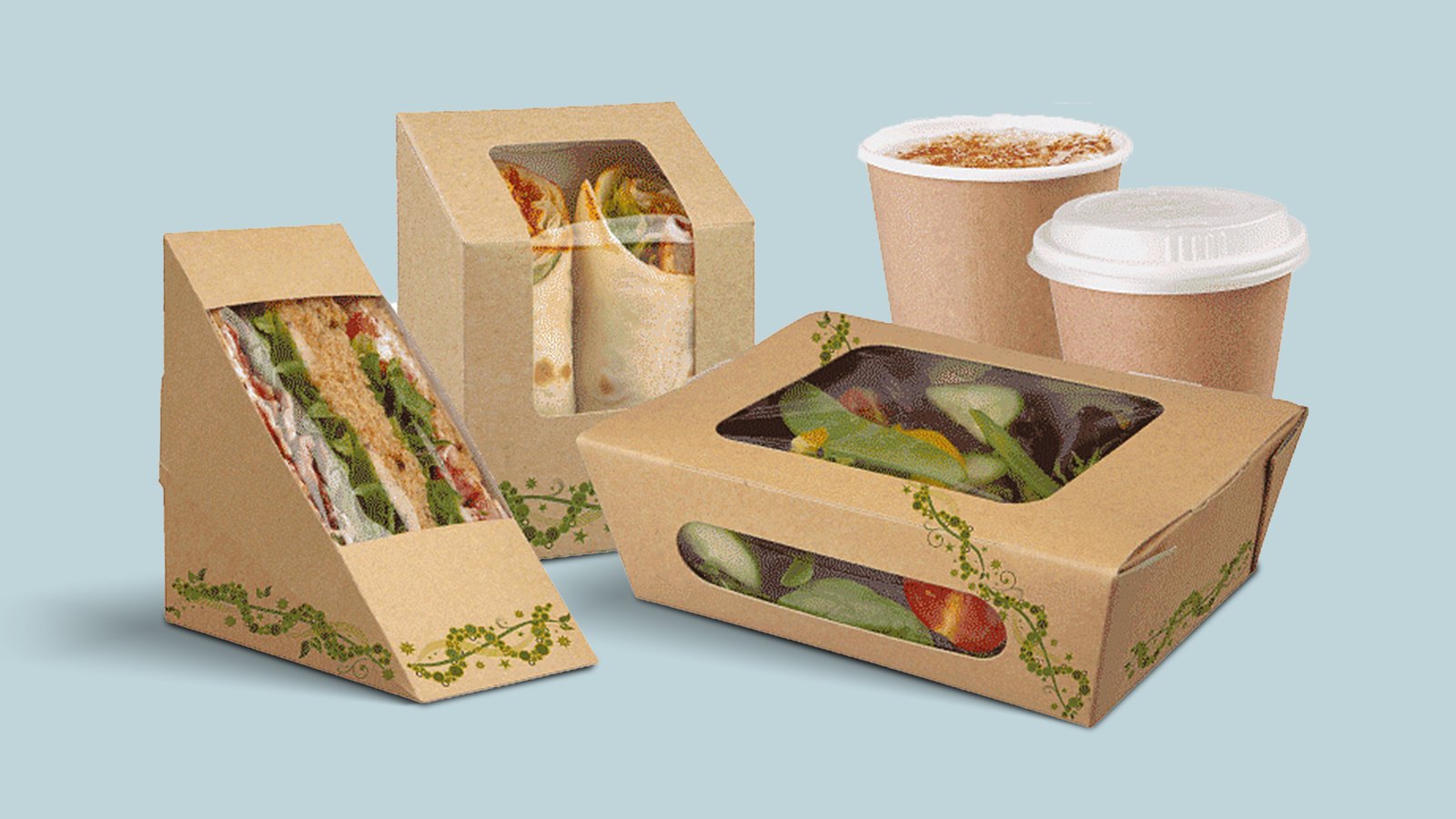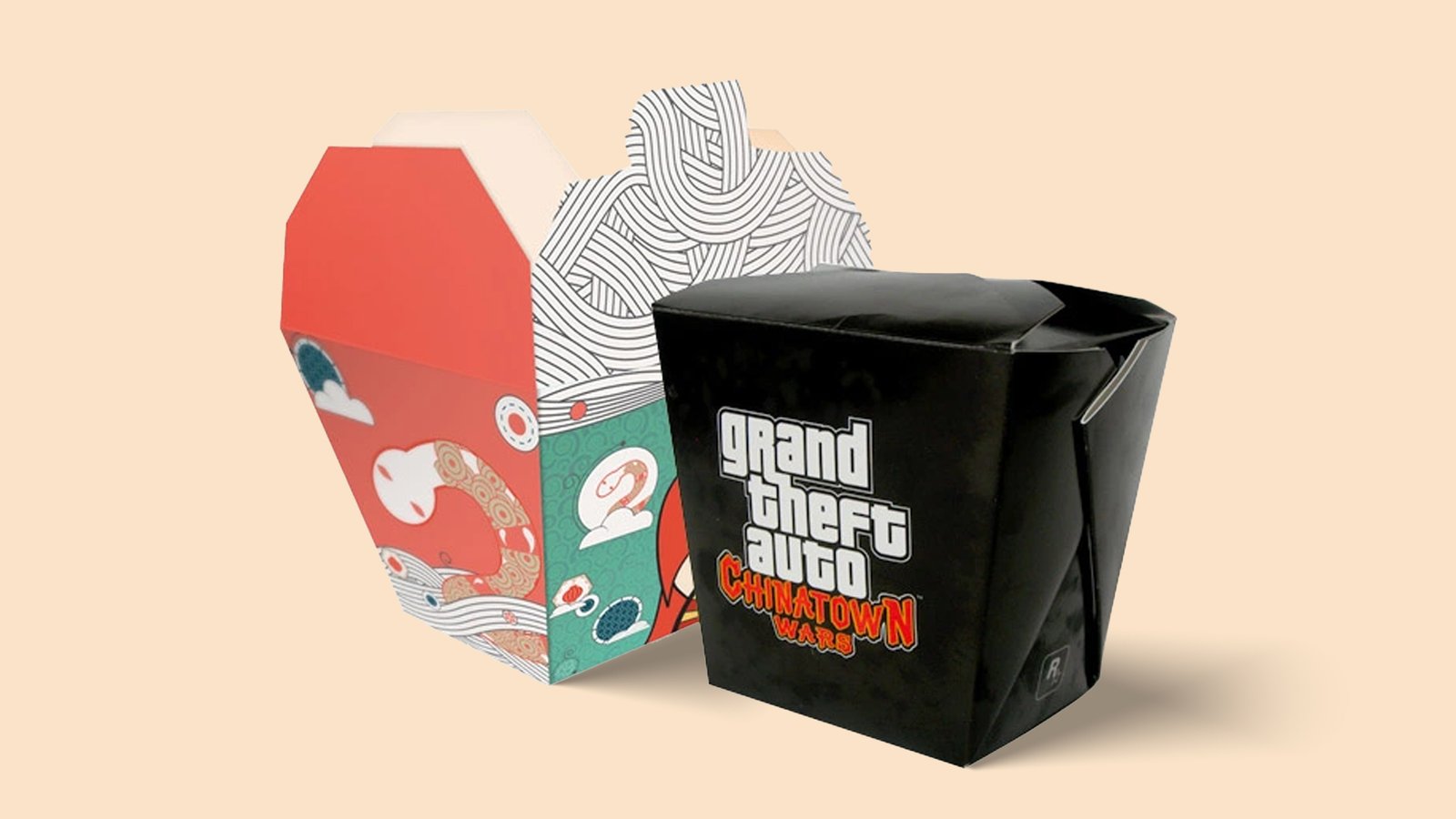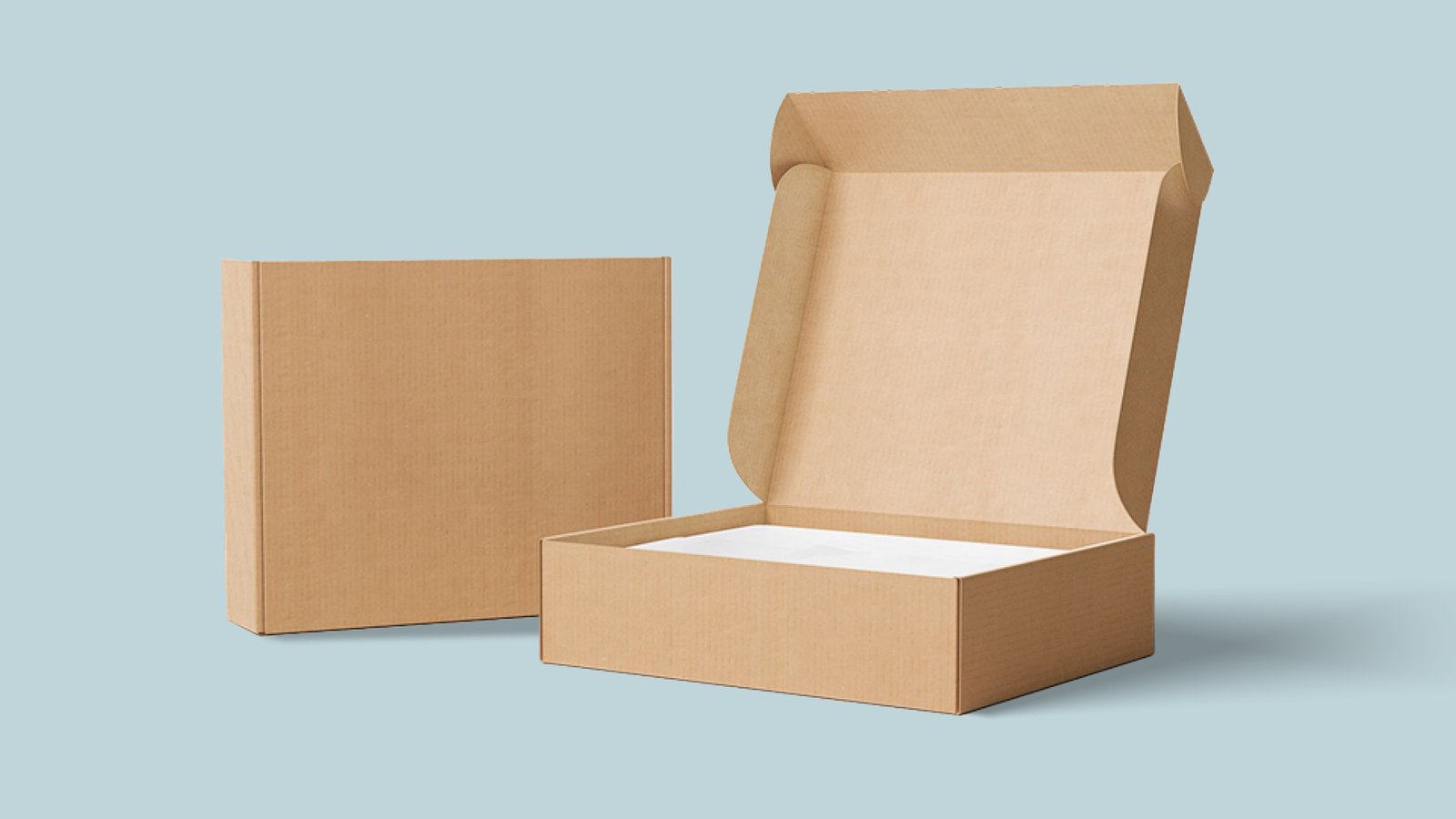Attractive and Appetizing How Food Packaging
Design Impacts Customer Choice
- Introduce your food with impressive
- The Importance of Eye-Catching Packaging
- How Color and Graphics Influence
- Sustainable and Eco-Friendly Packaging Trends
- Conclusion
- Eye-Catching Colors
- Visuals
- Easy to Read
- Bright vibrant colors
- High-quality product shots
- Minimal clean designs
- Recyclable Materials
- Biodegradable Options
- Reduced Packaging

Food packaging is having a significant impact on consumer purchasing decisions as well as attractive images to make their products more appealing.
Introduce your food with impressive food packaging
Have you ever wandered down the grocery store aisle, overwhelmed by the sheer number of options? Everything from cereal to snacks to frozen dinners competes for your attention, all food boxes, in bright colors and eye-catching designs. The truth is, before you even consider the nutritional information or ingredients, the packaging has already influenced what you throw in your cart.
Food companies know that attractive and appetizing product design is key to earning a spot on store shelves and in your kitchen. If it looks good, you're more likely to impulse buy. If it looks familiar, you're more likely to choose it over an unknown brand. Read on to learn the subtle and not-so-subtle ways food packaging impacts your purchasing decisions and keeps you coming back for more.
The Importance of Eye-Catching Packaging Design
Your product's packaging is its first impression. For food and beverages, attractive design is key to catching the customer's eye and influencing their purchase.
-
Eye-Catching Colors
Vibrant colors grab attention and stimulate appetite. Reds, oranges, and yellows are particularly effective. Contrasting colors also make an impact. A bright package on a shelf of muted tones will stand out.
-
Visuals
Photos of the actual product, or ingredients, give customers an idea of what's inside and trigger a sensory experience. Stylized illustrations or brand logos also help with product recognition and building brand identity.
-
Easy to Read
A simple, uncluttered layout with large text is easy to quickly scan on a shelf. Use highlighted words or phrases to draw attention to key selling points like "all-natural" or "low fat".
With the right mix of colors, visuals, and text, you'll create packaging that attracts interest, influences choice, and builds loyalty through a memorable unboxing experience and product. Compelling design is a small investment that pays off big in sales and customer satisfaction.
How Color and Graphics Influence Consumer Perception
Color and graphics wield profound influence over consumer perceptions, silently communicating messages that shape purchasing decisions. The strategic use of colors can evoke emotions and associations, fostering connections between products and their intended identities. Vibrant hues often convey energy and excitement, while subdued tones exude sophistication. Graphics, including logos and images, encapsulate brand narratives, guiding consumers' trust and recognition.
Typography choices, coupled with color palettes, establish a brand's tone – be it playful, trustworthy, or luxurious. Understanding the psychological impact of color and graphics is a potent tool for businesses seeking to cultivate specific consumer reactions and establish a lasting, resonant brand image.
When it comes to custom food boxes, color, and graphics are key to catching the customer's eye. The colors and images you choose send a message about your brand and product.
-
Bright, vibrant colors
- Imply freshness and grab attention, especially for snack foods or drinks. Red is appetite-stimulating, while green signifies health and natural ingredients.
- Pastel colors convey a light, airy feel and work well for low-fat or diet options.
-
High-quality product shots
- Showing appetizing product photos, especially of the main ingredients, stimulates the senses and entices customers.
- For homemade or gourmet styles, rustic or stylized photos suggest premium quality.
-
Minimal, clean designs
- A simple, uncluttered layout with ample negative space suggests a high-quality, premium product for health-conscious consumers.
- An overload of text, graphics, and loud colors implies a cheaper, mass-market product and can turn customers off.
In the end, the colors and images on the packaging should match the actual product inside. Thoughtful, well-designed packaging that accurately represents your brand and product is key to attracting new customers and building loyalty. With so much competition, making a great first impression is critical.
Sustainable and Eco-Friendly Packaging Trends
Sustainable and eco-friendly packaging is becoming increasingly important to both businesses and consumers. As concern for the environment grows, many brands are switching to sustainable options to attract customers and build brand loyalty.
-
Recyclable Materials
Using recyclable materials like cardboard, paper, and aluminum for custom food packaging boxes has become popular. These materials can be recycled and reused, reducing waste. Many companies now proudly promote their use of recyclable materials on product display packaging to highlight their environmental consciousness.
Recycled and recyclable packaging is another avenue toward sustainability. Utilizing post-consumer recycled content reduces the demand for virgin materials and lessens energy consumption. Meanwhile, packaging that is easily recyclable ensures that it can be reincorporated into the manufacturing cycle, reducing the need for new production.
-
Biodegradable Options
Some companies are going a step further by using biodegradable materials for food packaging like bagasse (from sugarcane pulp), wheat straw, and bamboo. These materials will break down naturally over time without contaminating the environment. Although often slightly more expensive, biodegradable packaging is appealing to many eco-minded consumers.
Furthermore, innovative designs that focus on minimalism and resource efficiency are gaining traction. Packaging that serves multiple purposes, such as doubling as serving trays or being repurposed for storage, adds value and reduces overall waste.
-
Reduced Packaging
Reducing excessive packaging is another trend towards sustainability. The packaging is more environmentally friendly and less wasteful when it contains and protects a product with only the quantity of material necessary. While retaining shelf stability and food safety, several firms are redesigning their products and packaging to utilize 10–30% less material.
Eco-friendly boxes food packaging is a wise choice for drawing customers and fostering brand loyalty in light of the rising interest in sustainability. To make their products more appealing and enticing to today's consumers, firms can use recyclable, biodegradable, and minimal packaging materials.
Conclusion
In light of this, pay attention to how the food boxes, make you feel the next time you're perusing the grocery store aisles. The purpose of those creative layouts and delectable images is to seduce you and make that thing impossible to resist.
Because we eat with our eyes first, beautiful packaging has a significant impact on the things we decide to buy and consume. You'll be a more astute buyer now that you are knowledgeable about the insider tips. But don't worry, there's no reason to feel bad about indulging in delectable cuisine. Treat yourself to whatever appeals to you; your palate will appreciate you and the food brands will have served their purpose.




